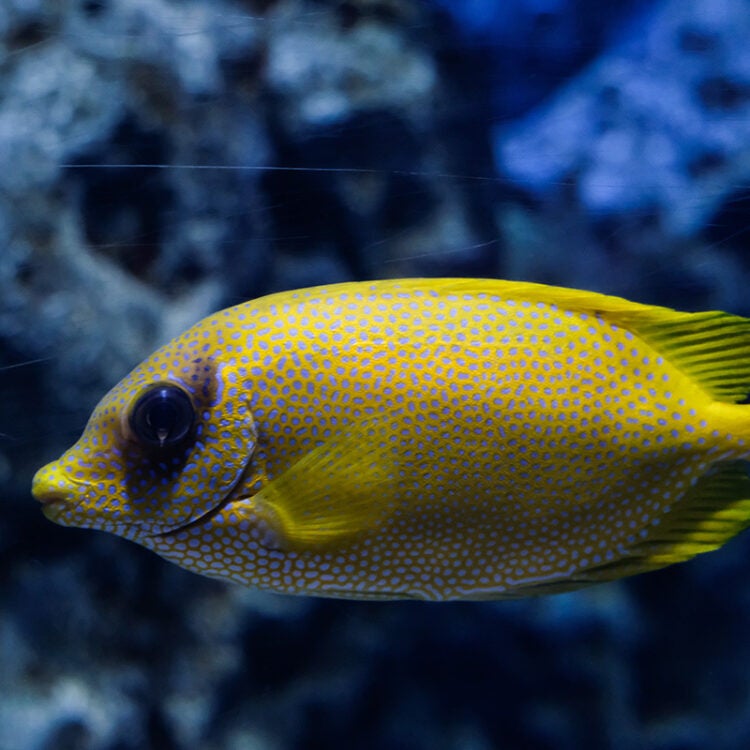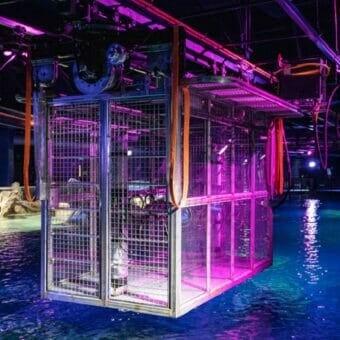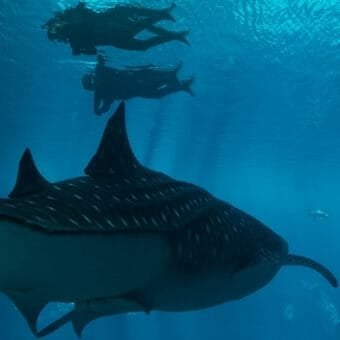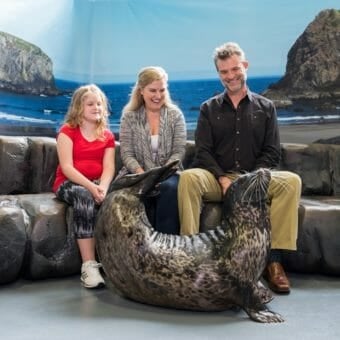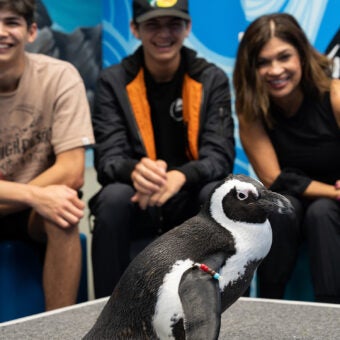-
Size
8-14 inches (20-35 cm) -
Diet
Benthic algae and seaweed -
Range
Indo-West Pacific -
Habitat
Coral reefs and lagoons
Physical Characteristics
- Common length of 8-14 inches (20-35 cm).
- Yellow-colored body throughout with small blue spots.
Animal Fact
This species is also referred to as a "rabbitfish" because of how its mouth and teeth look similar to a rabbit's.
Diet / Feeding
- Diet consists of vegetation, primarily algae and seaweed.
- The blue-spotted spinefoot’s protruding mouth and small interlocking teeth are perfect for scraping algae off rocks and shredding vegetation; these features also give it the common name “rabbitfish” as they resemble a rabbit’s mouth.
Range / Habitat
- Occurs in the Indo-West Pacific including Aldabra Islands, Seychelles, Maldives, Andaman Sea, Thailand, Indonesia, Peninsular Malaysia, Sabah, Singapore, Vietnam, Philippines, Ryukyu Islands, Ogasawara Islands, Palau, Kiribati, Papua New Guinea, Solomon Islands, Australia, Vanuatu, and New Caledonia.
- Found in areas of seaward reefs and lagoons. Adults more commonly found in deeper water lagoons and reef drop-offs while juveniles school within shallow reefs and are often found near Acropora corals.
Reproduction & Growth
- Oviparous- egg-laying species.
- Pelagic spawners, meaning eggs are spawned into the water column, where they hatch and larvae develop.
- Spawning occurs in groups and is thought to be based on the lunar cycle.
- This species can form monogamous breeding pairs for at least the duration of a mating season.
Conservation Status
- “Least Concern” on the IUCN Red List.
Additional Information
- Adults are usually found in isolated pairs, but juveniles school with other juveniles.

